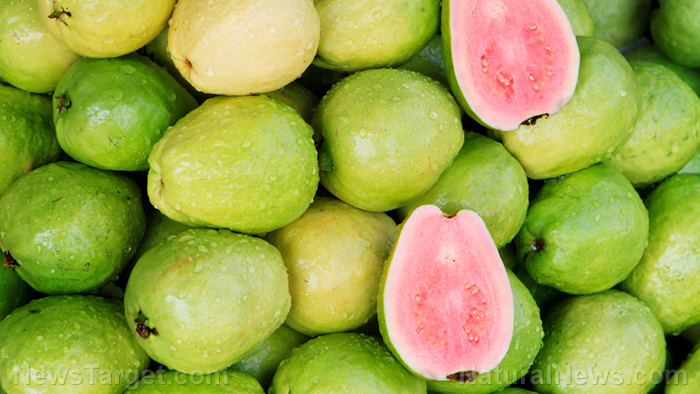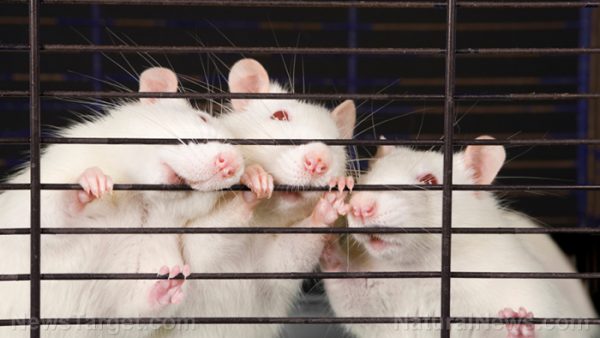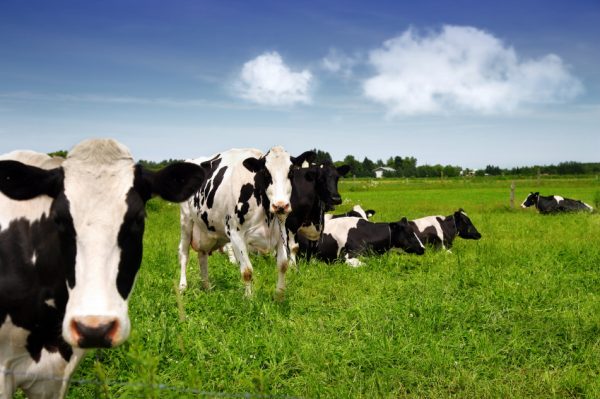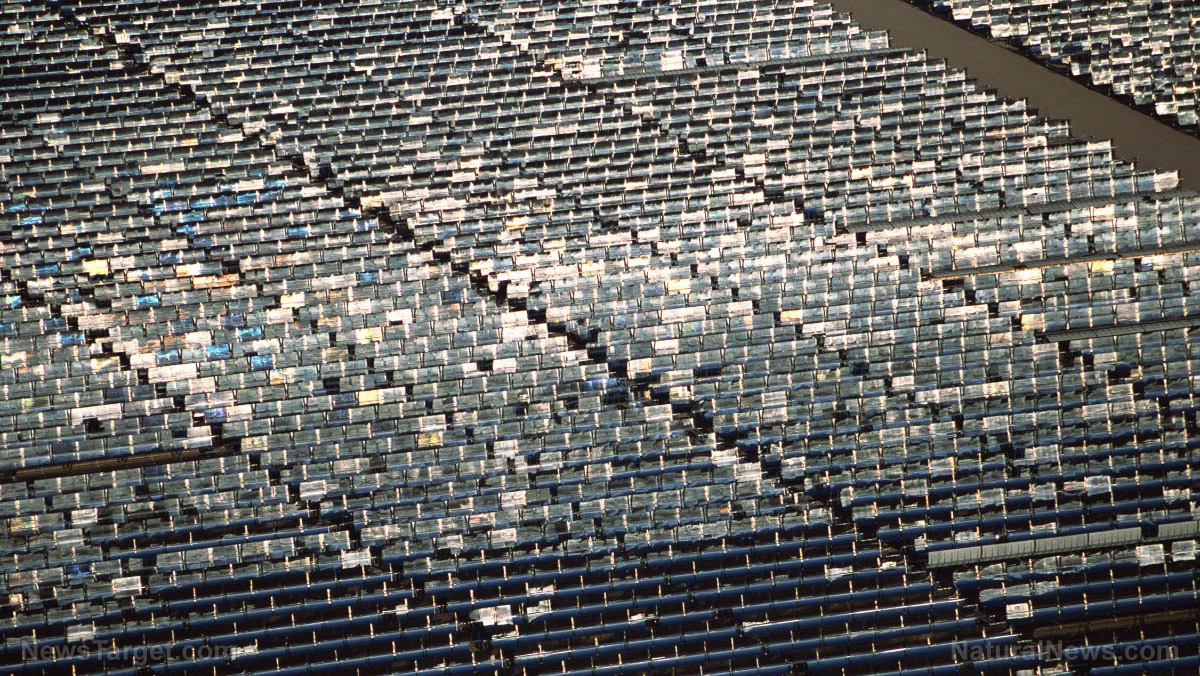06/26/2018 / By RJ Jhonson
Dragonflies helped give humanity the helicopter, now they’re inspiring innovations in insulation. Researchers from Newcastle University in the U.K. found an efficient and low-cost method of producing aerogel, a strong and lightweight material commonly used for insulation, by looking at how dragonflies dry out their wings.
Aerogel is a synthetic material derived from a gel, a mixture where liquid particles are dispersed throughout a solid medium. Aerogel differs from other gels – gelatin, for example – in that its liquid components have been replaced with gas. This gives aerogel its extremely low density – so low that a piece the size of a family car is no heavier than a kilogram. It is so light that its descriptive names include “solid air” and “frozen smoke.”
It starts out as a wet silica gel mixture comparable to jelly, which is then dried out to produce one of the most porous materials known to mankind. Its water content is carefully removed to prevent damage to its delicate silica structure – a long, meticulous process that ends up raising the material’s price tag. As few American homeowners can afford it, most of its applications involve highly specialized tasks, such as collecting stardust in space. (Related: Researchers have recycled clothing waste into an “aerogel” supermaterial that can help stop wound bleeding.)
In their study, published in the journal Advanced Materials, the researchers discussed how, instead of using high pressure and temperature, they used sodium bicarbonate (more commonly known as baking soda) to “blow” out water molecules while keeping carbon dioxide trapped in the material’s pores. This was inspired by observations of how dragonflies dry out their wings after emerging as adults.
“A dragonfly’s wings are an ultralight aerogel — making up less than 2% of the insect’s total body weight — and yet they are so strong they can carry the insect thousands of miles across oceans and between continents,” said Dr. Lidija Šiller, a nanoscale scientist at Newcastle University and one of the authors of the research.
Dr. Šiller explained that most of a dragonfly’s life cycle is spent living underwater as a larva. After 30 days to several years – depending on species – the animal transforms into an adult capable of flight. When it first emerges from its larval skin, its wings have jelly-like properties.
Dragonflies dry out their wings by producing bicarbonate molecules. These produce carbon dioxide which regulates their body’s pressure and removes the water from their wings, making them sturdy and stable enough to be used for flight.
She said that it was only a matter of replicating the process in a laboratory and blowing out the water at ambient temperature.
Aerogel as an insulation material
With its unique characteristics, aerogel could possibly be the best insulation material for homes and other buildings.
- Its thermal conductivity is very low – Aerogel’s heat transfer rates are comparable – at times, better – to some of the insulation materials in use today, which means that it can leave interior temperatures stable even in less-than-comfortable weather.
- It is remarkably sturdy – The material resists aging, moisture, and damage from perforation. Aerogel blocks, for example, are known to be capable of holding great weights.
- It is fire resistant – Unlike mineral wool, aerogel does not require additional treatments to become resistant to fire.
- It is easy and safe to install – Fiberglass, the most commonly used insulation material in use today, is made from strands of glass. Because of this, installing it involves a certain level of risk as glass shards can cause injuries and health issues. Cellulose is notoriously hard to install and can only be handled by experts. It does not take much skill or experience to install aerogel properly.
- It is almost transparent – This means that it can be used to insulate even areas designed to let in light, such as windows and skylights.
The researchers said that when increased in scale, their technique can lower the cost of aerogel from about $100 per kilogram to just $4 per kilogram, making it more accessible to the public.
“The potential of this discovery in terms of reducing energy use and therefore our energy bills is really exciting,” Dr. Šiller said.
The research was funded by the Engineering and Physical Sciences Research Council (EPSRC).
Catch more stories about aerogels and other technologies of the future at FutureSciencenews.com.
Sources include:
ScienceDaily.com
Hindawi.com




















